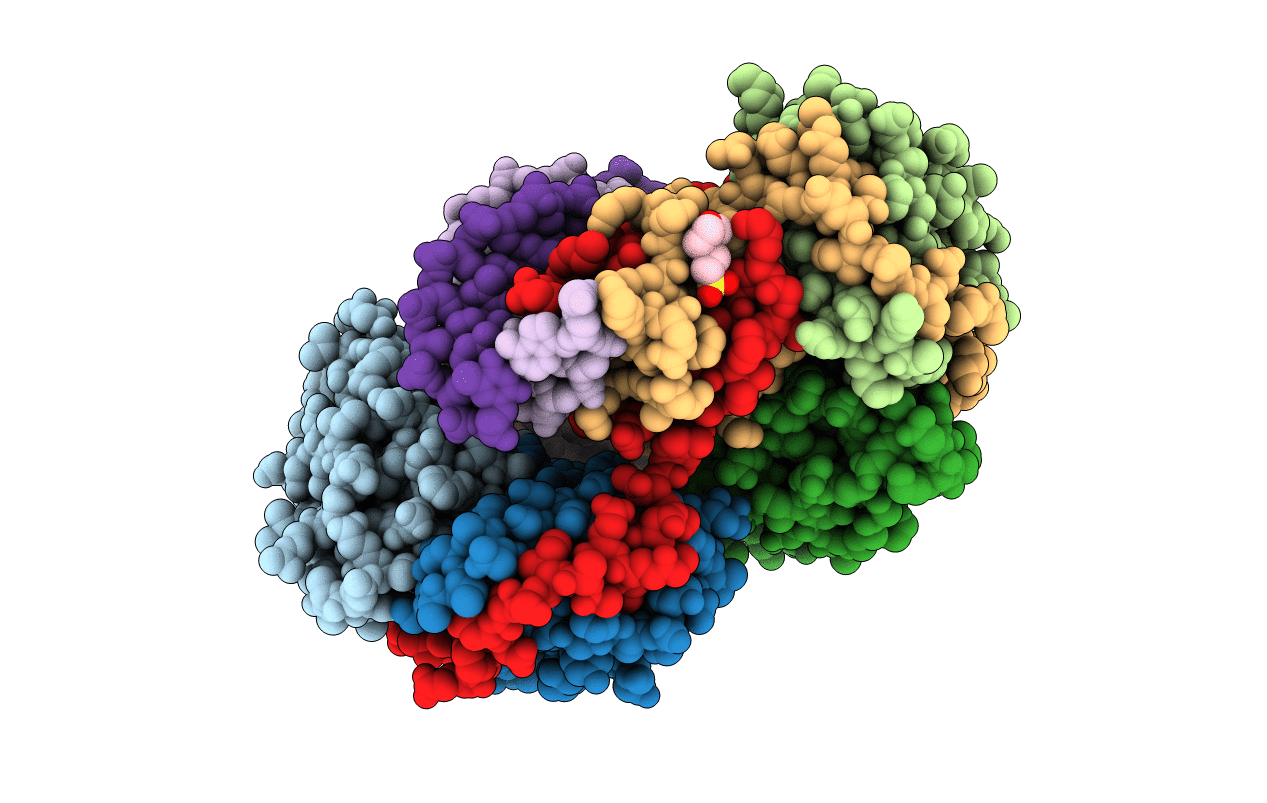
Deposition Date
2011-07-25
Release Date
2011-12-14
Last Version Date
2024-05-08
Entry Detail
PDB ID:
3ZVK
Keywords:
Title:
Crystal structure of VapBC2 from Rickettsia felis bound to a DNA fragment from their promoter
Biological Source:
Source Organism:
RICKETTSIA FELIS (Taxon ID: 42862)
Host Organism:
Method Details:
Experimental Method:
Resolution:
2.50 Å
R-Value Free:
0.21
R-Value Work:
0.17
R-Value Observed:
0.17
Space Group:
P 21 21 21


